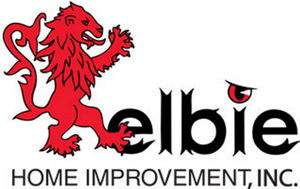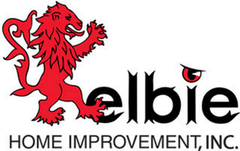Winter-Proof Your Home
The Role of Flooring and Roofing in Energy Savings
When winter hits and heating bills spike, most homeowners assume the culprit is drafty windows or old insulation. But here’s the kicker: your floors and roof could be quietly sabotaging your energy efficiency. It’s like wearing a thick winter coat with no socks or hat—you’re losing heat in places you wouldn’t expect.
The Silent Role of Flooring in Retaining Heat
Let’s talk floors. You walk on them daily, but do you ever think about how they impact your home’s warmth? The right flooring materials can act like a thermal blanket for your home.
- Carpet: Beyond feeling cozy underfoot, carpet traps heat. Think of it as a sweater for your floor, especially when paired with an insulating underlayment. Studies show carpeted floors can reduce heat loss by up to 10%.
- Cork Flooring: This eco-friendly material is a natural insulator. Cork contains millions of tiny air pockets that help keep heat from escaping, making it a sustainable choice for energy efficiency.
- Underlayment: Even the best flooring won’t do its job without proper support. Insulating underlayments, like foam or felt, create an additional barrier to keep heat where it belongs—in your home.
Pro tip: If you have hardwood or tile floors, area rugs can provide a quick and stylish way to minimize heat loss.
Roofing: The Top Player in Heat Optimization
Heat rises—so let’s talk about the roof, the unsung hero (or villain) of your home’s energy efficiency. In winter, your roofing materials play a critical role in heat retention and absorption.
- Reflective Roofing: While reflective materials are often marketed for their cooling benefits in summer, they’re equally effective in helping homes retain heat in colder months by reflecting internal heat back into the house.
- Dark Roofing Materials: Dark shingles absorb more sunlight, providing passive heat. During winter, this can reduce the strain on your heating system, especially in areas with plenty of sunny but cold days.
- Proper Insulation: If your attic lacks adequate insulation, even the most heat-efficient roof can fail. Insulating your attic floor prevents heat from escaping upward, making your roof’s efforts count.
Practical Steps to Warm Up Your Home
If this all feels like a lot, don’t sweat it. Here’s a quick action plan to maximize your home’s energy efficiency:
- Inspect your flooring and consider adding carpets, cork, or insulated underlayment where possible.
- Evaluate your roof. Does it have dark shingles or reflective materials suited to your climate?
- Check attic insulation—this is where many homes lose the most heat.
- Seal gaps in your flooring or roof to prevent unwanted drafts.
Making these changes can lower your heating costs and create a more comfortable home, no matter how frigid it gets outside.



